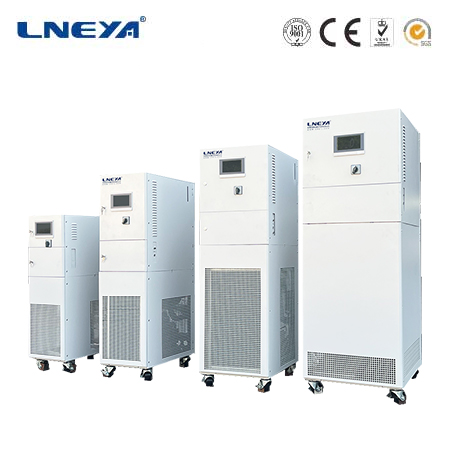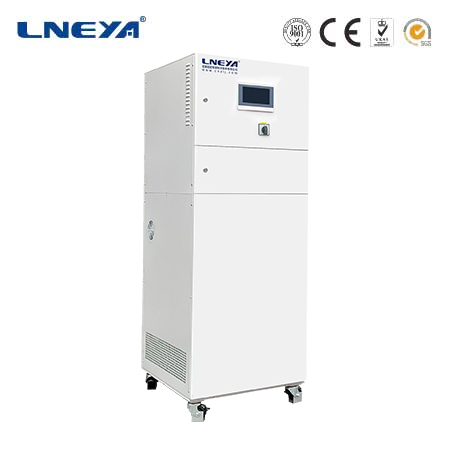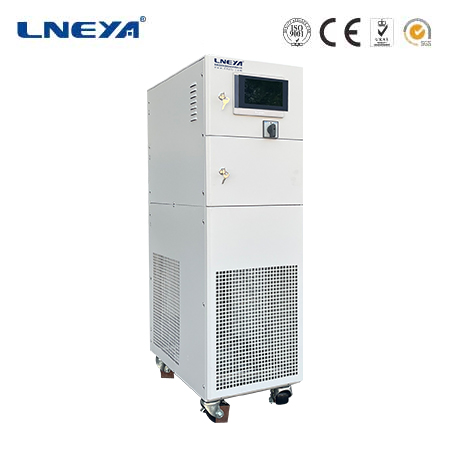water recirculation cooler
Introduction to Water Recirculation Coolers
Water recirculation coolers are essential in maintaining a stable temperature in various industrial and laboratory processes. These systems work by circulating a temperature-controlled liquid through a closed loop, providing a constant flow of cooled or heated fluid as required by the application.

Definition and Components
A water recirculation cooler typically consists of a reservoir, a pump, a heat exchanger, and a temperature control unit. The reservoir holds the liquid that will be circulated, the pump moves the liquid through the system, the heat exchanger either cools or heats the liquid, and the temperature control unit regulates the temperature to ensure it stays within the desired range.
Applications of Water Recirculation Coolers
Water recirculation coolers find applications in a variety of settings, including:
Laboratory Settings: They are used to maintain a constant temperature for chemical reactions, sample incubation, and other temperature-sensitive processes.

Industrial Processes: In manufacturing and production, they help regulate the temperature of machinery and processes to ensure efficiency and safety.
Medical Applications: They can be used to maintain the temperature of medical solutions and equipment, ensuring patient safety and comfort.
Efficiency and Environmental Benefits
Water recirculation coolers offer several advantages over traditional cooling methods:
Energy Efficiency: By recirculating the same fluid, these systems reduce energy consumption compared to systems that require continuous water flow.
Water Conservation: They minimize water waste, making them an environmentally friendly choice, especially in areas where water is scarce.

Sustainability: The use of recirculation coolers aligns with sustainability goals, as they reduce the environmental impact of cooling processes.
Maintenance and Safety
Proper maintenance of water recirculation coolers is crucial for their optimal performance and longevity. This includes regular cleaning to prevent biological growth and mineral deposits, checking the condition of the pump and heat exchanger, and ensuring the temperature control unit is calibrated correctly. Safety precautions include ensuring the system is grounded to prevent electrical shocks and following the manufacturer’s guidelines for operation and maintenance.
Conclusion
Water recirculation coolers are indispensable in various applications where precise temperature control is required. Their efficiency, environmental benefits, and versatility make them a preferred choice in many industries and laboratories. As technology advances, these systems continue to evolve, offering greater precision and environmental sustainability in cooling applications.
Related recommendations
glycol tank chiller
511Glycol Tank Chiller: Industrial Cooling Solutions Glycol tank chillers are an essential component in many industrial processes where consistent and reliable cooling is required. These chillers ...
View detailssingle fluid heating cooling system
319Introduction to Single Fluid Heating Cooling SystemA single fluid heating cooling system is an innovative thermal management approach that relies on a single fluid, such as water, glycol - water ...
View detailsthermal chuck
476Thermal chucks are essential in the semiconductor industry for their ability to provide precise temperature control during the testing and processing of semiconductor wafers. These systems are use...
View detailsrecirculating chiller india
181Introduction to Recirculating Chillers in IndiaRecirculating chillers have emerged as a vital component in India's industrial and scientific infrastructure. These devices, which continuously circ...
View details
 LNEYA Thermal Test Chillers
LNEYA Thermal Test Chillers







HelloPlease log in